If you’re ever in Italy, make an appointment to visit the MV Agusta factory and museum. Here’s why
For those of you in motorcycle land who haven’t done a deep dive into the MV Agusta brand, it is a fascinating story of a glorious racing history combined with a dubious financial past that produces gorgeous high-end motorcycles few of us can afford to own. I’ve read the features and I’ve heard the stories of MV’s chequered and colourful history as I’m sure you have, but I recently had the opportunity to get a more touchy-feely insight into the famous brand’s story when AMCN was invited to the MV factory on the shores of Lake Varese and given the opportunity to wander through the MV museum in Cascina Costa.
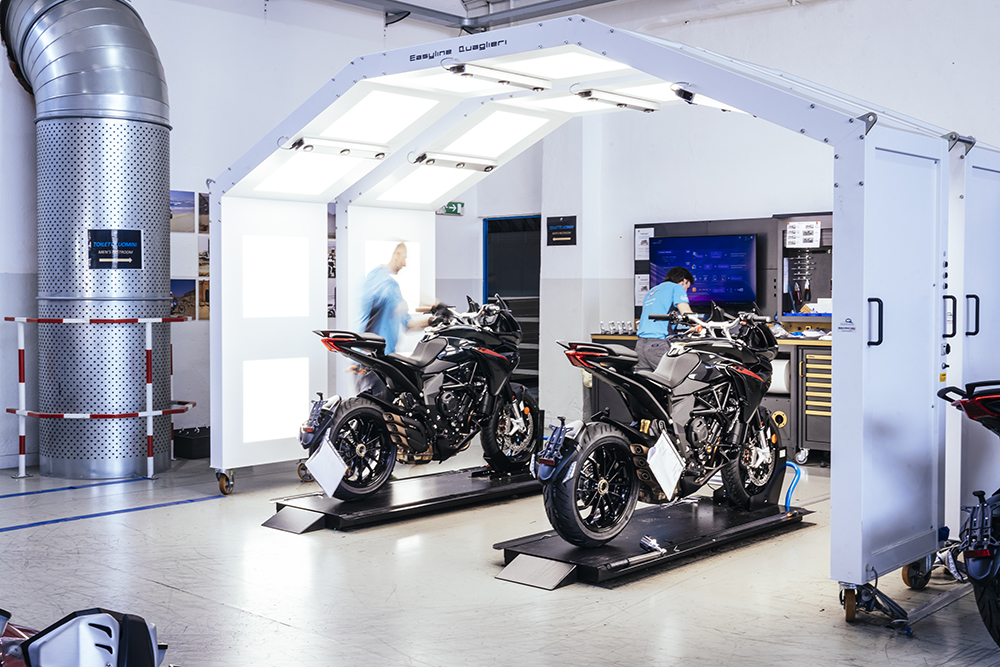
If you ever find yourself in Italy and you have even a passing interest in the MV brand I recommend visiting both, as they are both truly fascinating places.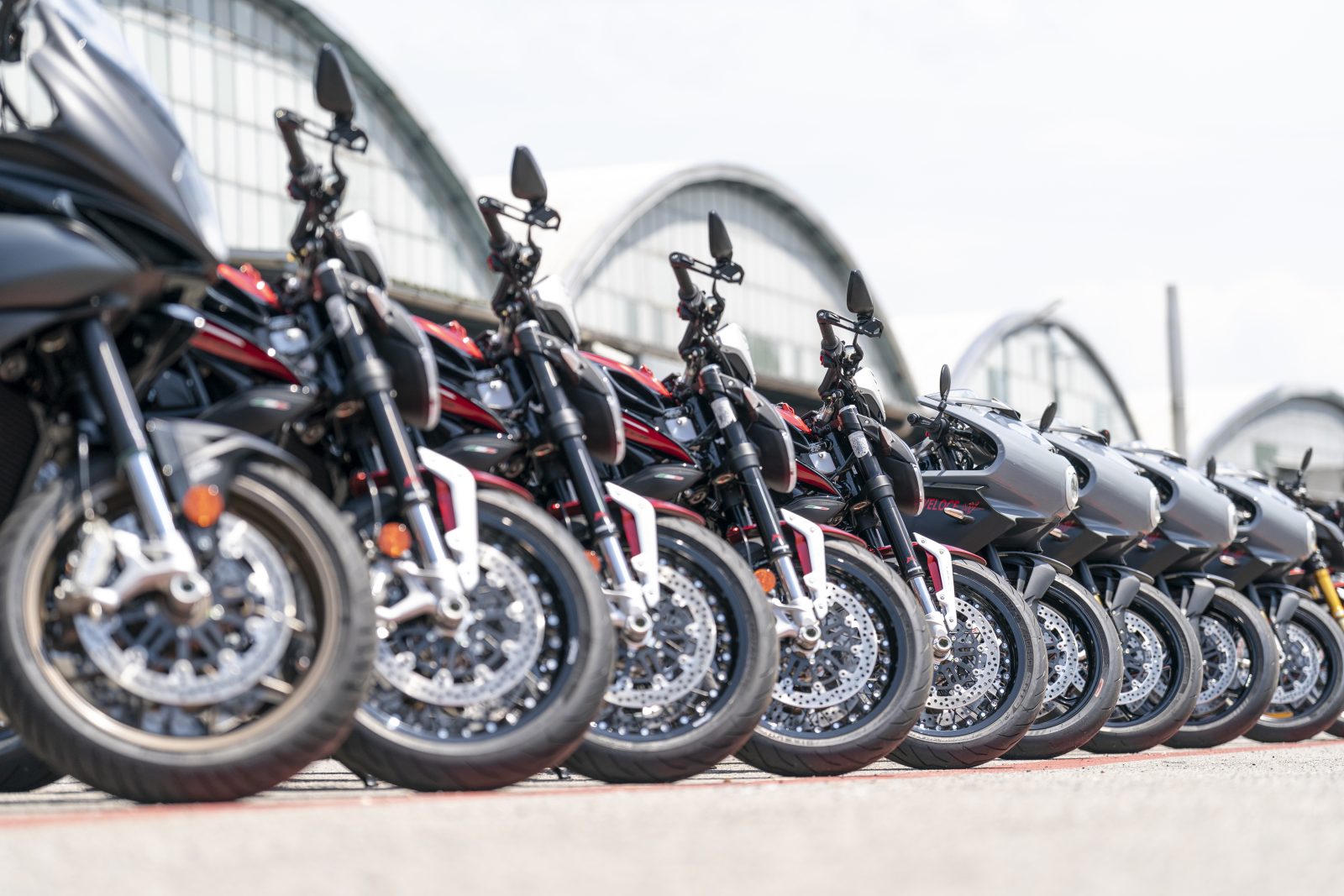
Inside The factory
The MV Agusta factory is nestled on the calm and picturesque shores of Lake Varese in northern Italy. It has resided there at Schiranna since moving from nearby Cascina Costa after the 1992 Cagiva buyout.
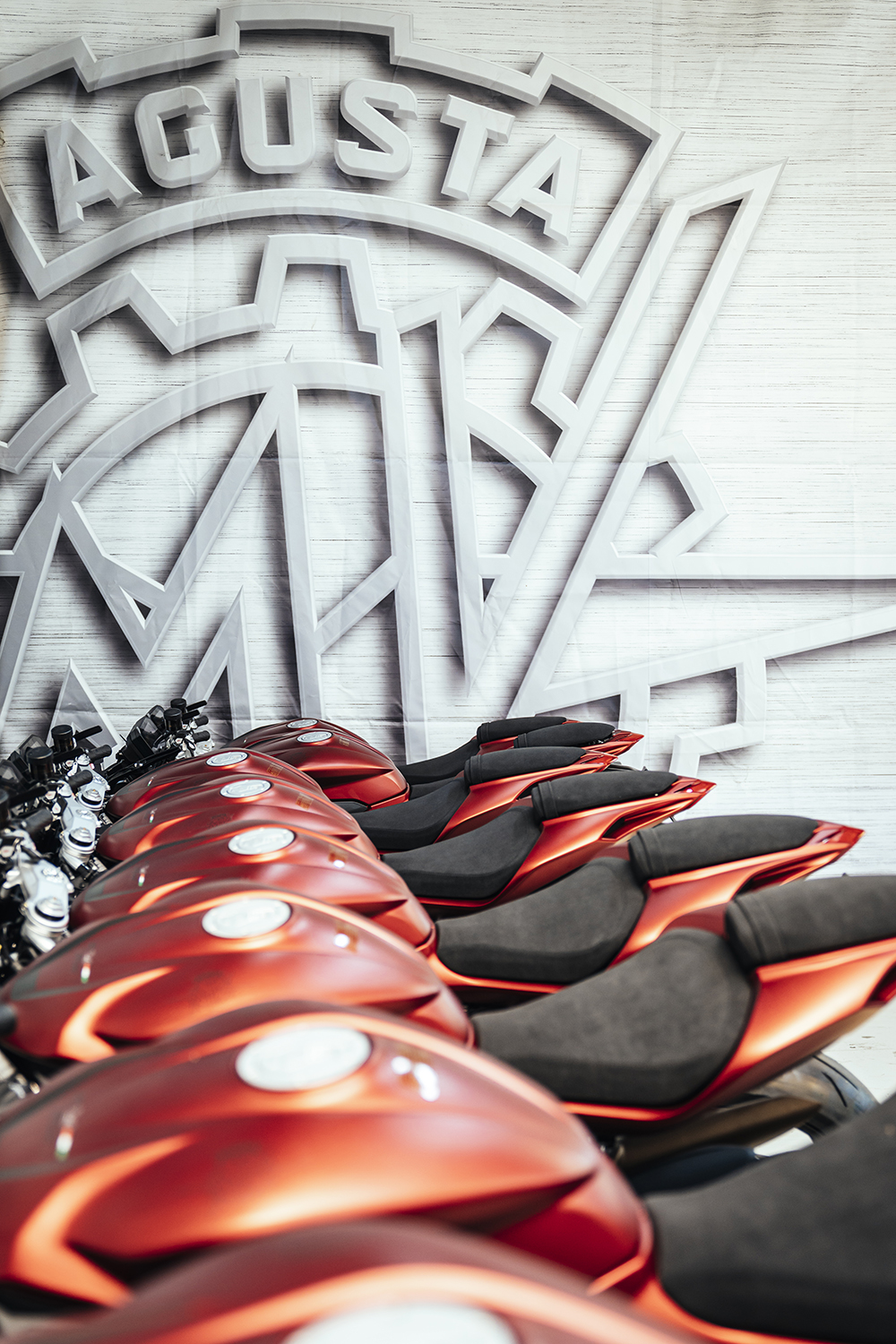
The entrance to the complex is guarded by a boom gate and security. From the street it looks like any ageing industrial complex but as you roll through the gate and head around to the lakeside area, where the production line and office buildings are situated, the scene is more postcard perfect than industrial drudgery. Now the MV boffins will tell you that its employees are driven by a passion for the motorcycles they build but watching the myriad workers kicking back on the side of the lake eating sandwiches, sipping coffee and smoking cigarettes in the sophisticated style that only Italians can pull off, I’m wondering if it’s the lakeside lunchroom providing the passion.
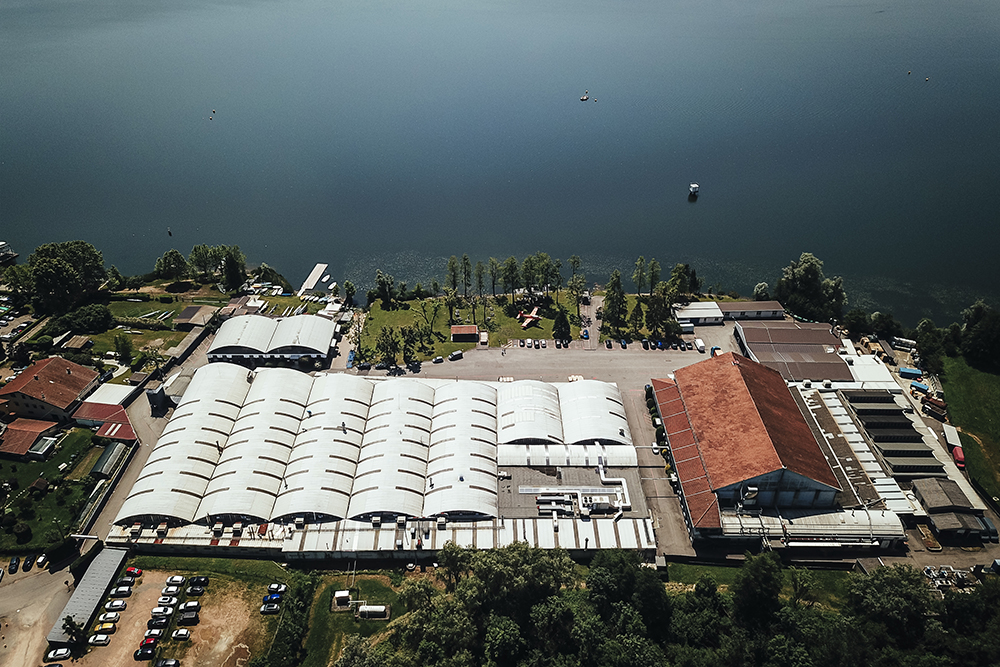
Located in the area of the coffee sippers and smokers is a small wooden building that gives you a clue to the history of the complex. A placard on the building reads: Cagiva, Aermacchi.

The buildings are of the neat but slightly rundown variety, which adds to the facility’s sense of history. MV, now awash with orange cash, has big renovation plans in the pipeline which include the refurbishment of the office spaces and upgrading and increasing the size of the production area.
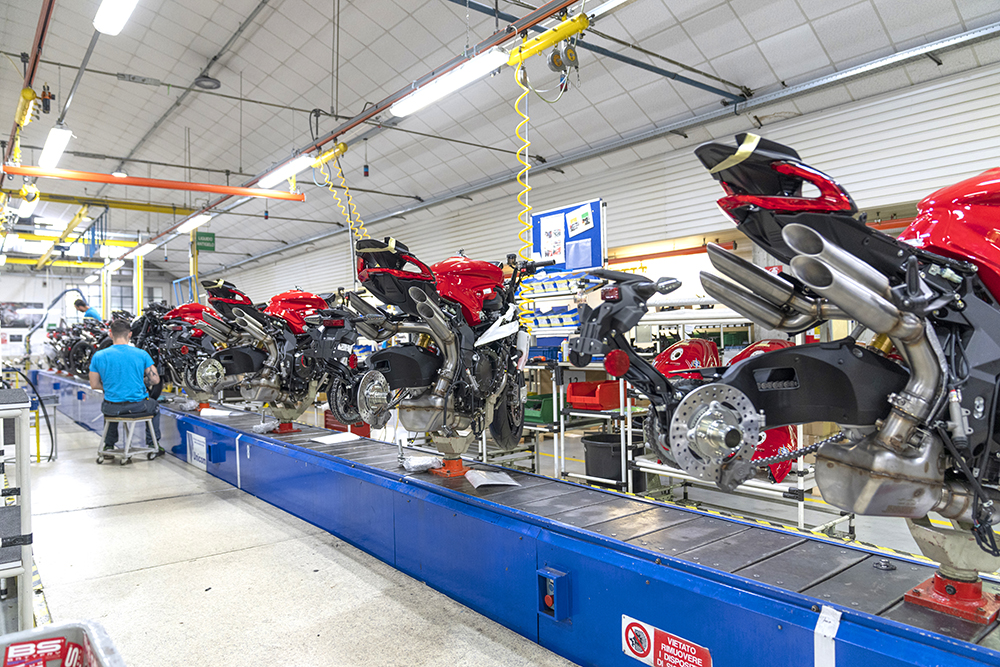
A fresh deck of Brutales rolls down the production line
While you can tell the building is old, the production areas are a patchwork of fresh paint, old paint and posters and banners from bygone eras of the company’s rich history.
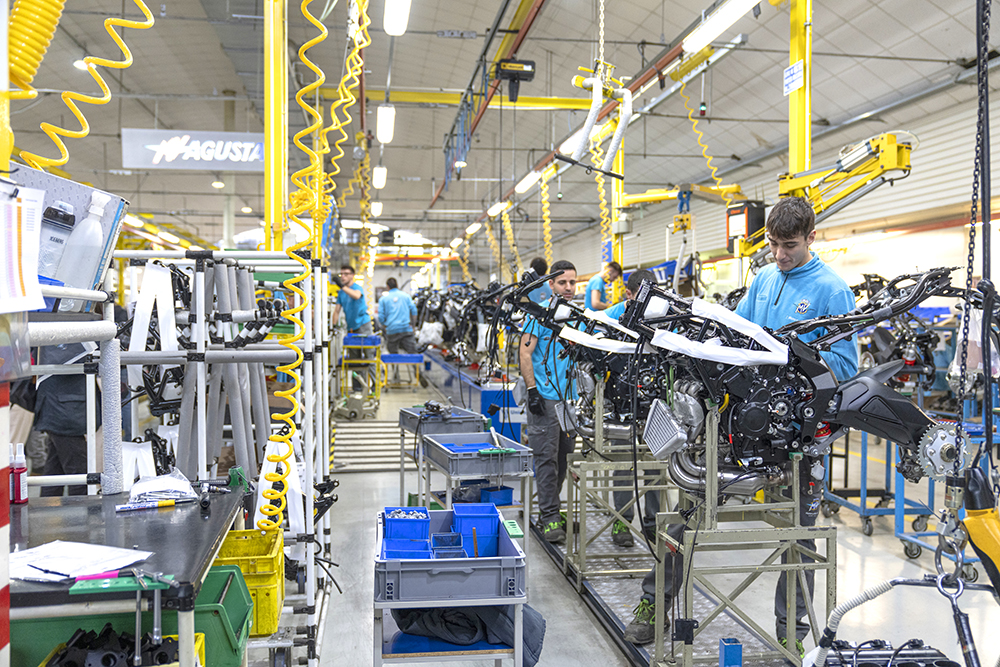
All MVs are hand assembled in the Schiranna factory as they have been since 1992
The factory is pumping out some of the most advanced bikes available, and there’s everything from engine dyno rooms and emissions testing benches to automated production lines and workers in bright and modern work attire. But somehow everything seems to be coated in a fine layer of nostalgia. No one seems to be in a rush, and the people putting each handmade model together are happy to stop for a chat.

You simply don’t get this kind of attention to detail when machines are doing the work
When I enter the office building, I expect to see a large collection of memorabilia, bikes and trophies but that’s not the case. There are a few cabinets scattered throughout that hold trinkets, including the occasional trophy, and there are also a few historic MVs around the place. But as MV CEO Timur Sardarov explained, most of the brand’s history has been sold off over the years by one owner or another. Timur has plans to buy or borrow as many historic models as he can get hold of to rectify the shortfall in the future – and even though Stefan Pierer is planning a total takeover of the Italian brand, there’s no denying Sardarov really cares about upholding its heritage.


Treasures of The museum
MV’s heritage collection might be a work in progress, but if you’re keen to check out some vintage MVs then a trip to the Museo Agusta in Cascina Costa, just under 30km from the factory, needs to be on your sightseeing list. The museum houses a vast collection of motorcycles, helicopters and various other aeronautical contraptions built by the Agusta clan from the 1950s.
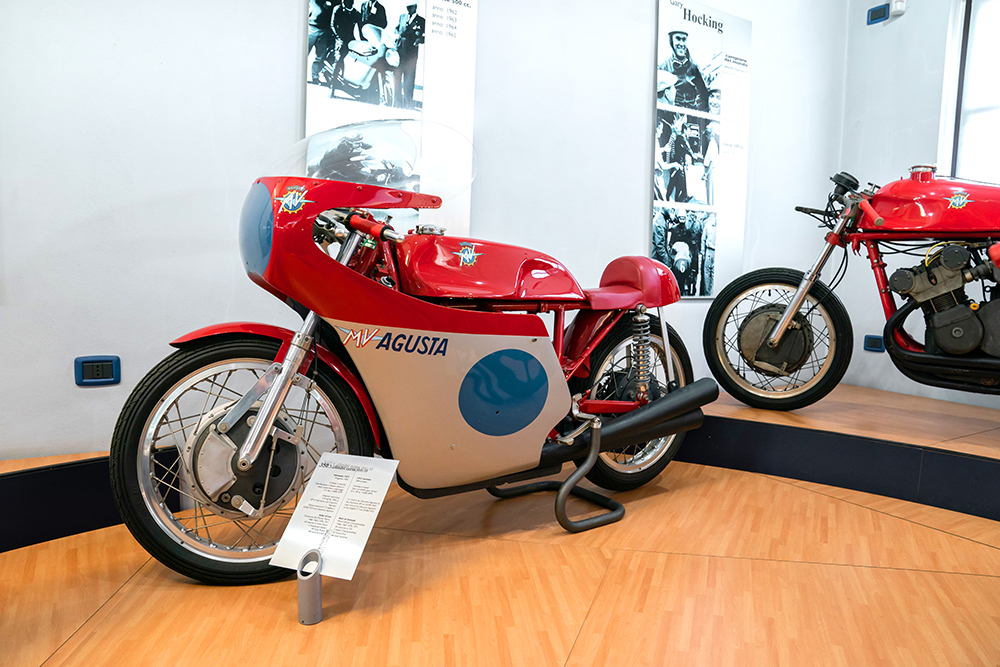
MV’s 350cc race machines netted the company 10 world championships
Housing all manner of weird and wonderful MV Agustas, from the MV 98, the first MV model, through to the last grand-prix-winning 500cc MV, there is also a bevy of concept vehicles and specials that never made it into production.

MV didn’t just make two-wheelers
The museum is attended by guides who are all former employees of the Agusta group and are a wealth of knowledge.
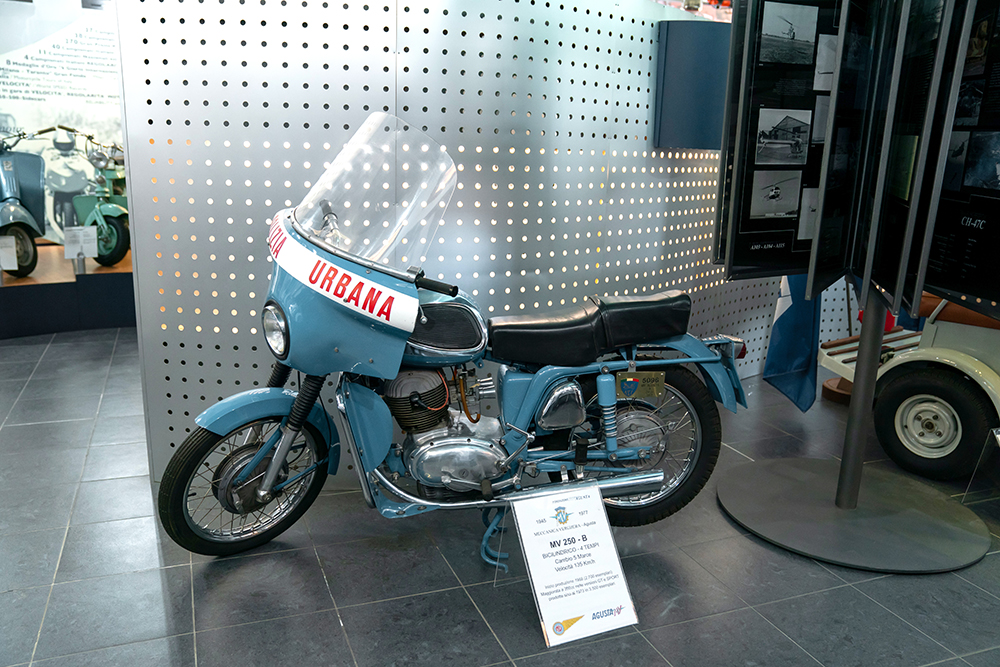
Supplying various government departments is a fine way to keep the dollars rolling in
Be warned though, the guides are very enthusiastic about all things MV Agusta and will talk your ear off if you get them started – it’s a passion that’s admirable and a little bit contagious.
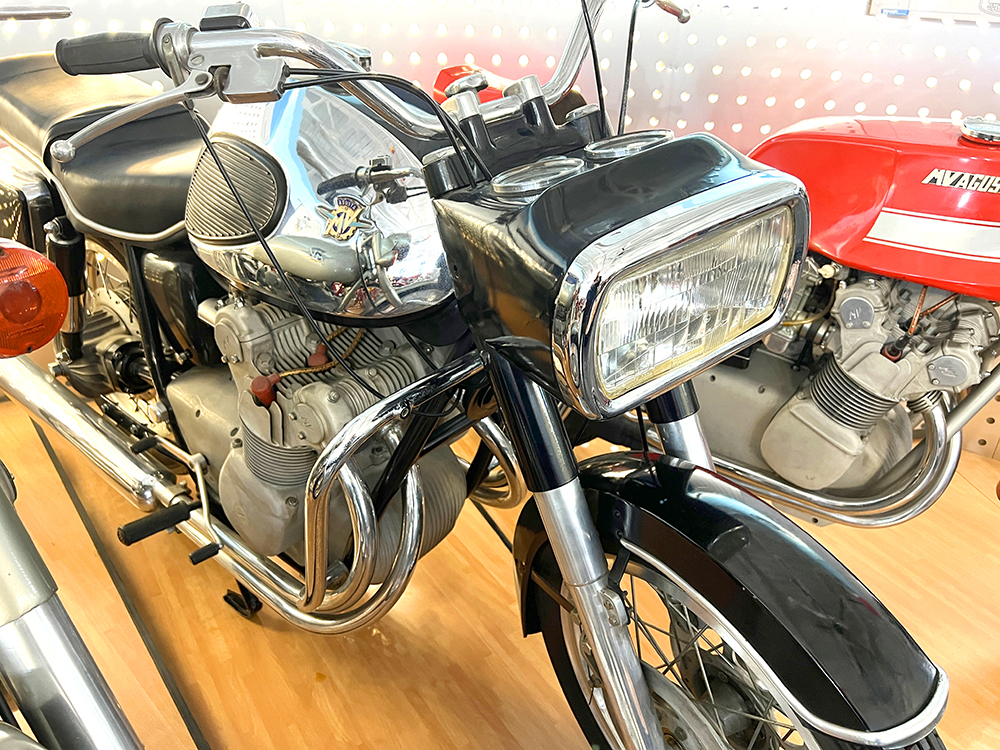
While it’s easy to equate MVs with beauty, that’s not the case with the oddball and cosmetically challenged 1968 600 Four
Just around the corner from the museum is Villa Agusta. This is, as the name implies, the Agusta family’s old pad which has been renovated in a period-appropriate manner and now houses the Agusta Historical Archive.

If you really want to immerse yourself in the history of MV Agusta and the Agusta family, and its commercial exploits, then it doesn’t get much better than the Museo Agusta.
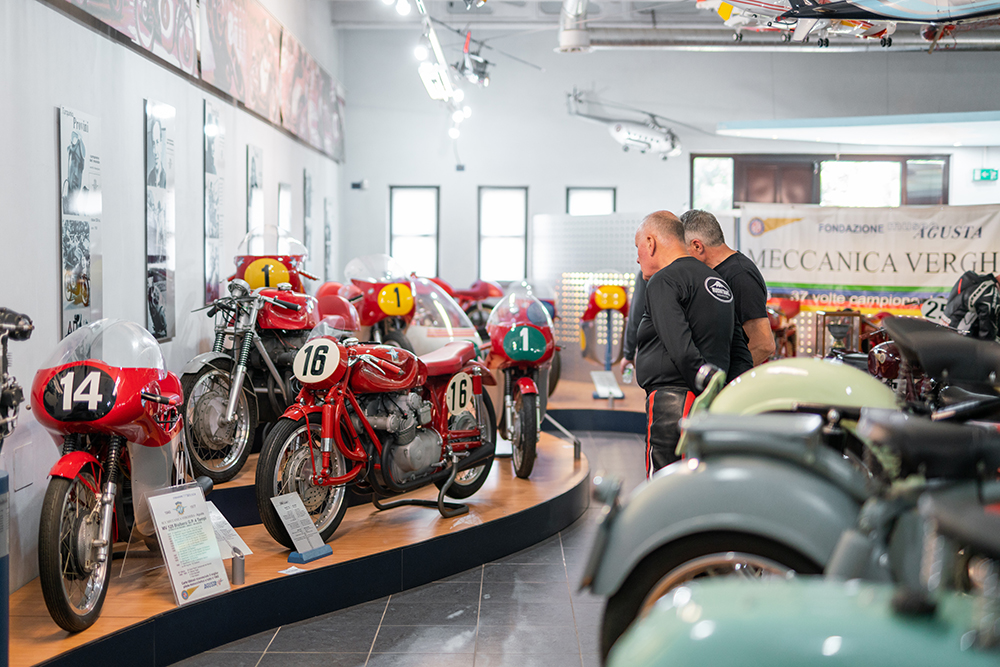
So many championships in one place! In its heyday, MV amassed more than 3000 race wins, 38 world championship titles and 37 constructors’ championships.



Hang on, helicopters?
Not motorcycle related, I know, but without helicopters there’s a pretty good chance MV Agusta as we know it today wouldn’t exist. I didn’t even know that the Agusta family made helicopters let alone that MV owes its very existence to the pursuit of this aeronautical wizardry until I visited the museum.
The brief history goes a little like this. Count Giovanni Agusta is right into planes; he loves them. By the time the World War I hits, he’s fixing them and even building them.

Good to see PV with his hands off the stick for once
Unfortunately, the Count dies in 1927, but his wife and their eldest son, Domenico, take over the family business and continue making planes and banking serious coin right up until the end of World War II.
But with Italy on the losing side and the country and the Agusta business crippled by allied forces’ sanctions, including restrictions on the construction of aircraft, the company needs a new gig. With no planes to build and a need for cheap transport in Italy, Dom and Co parlay the company’s mechanical know-how into the construction of motorcycles. And so, on 12 February 1945, Meccanica Verghera – or MV – is born.
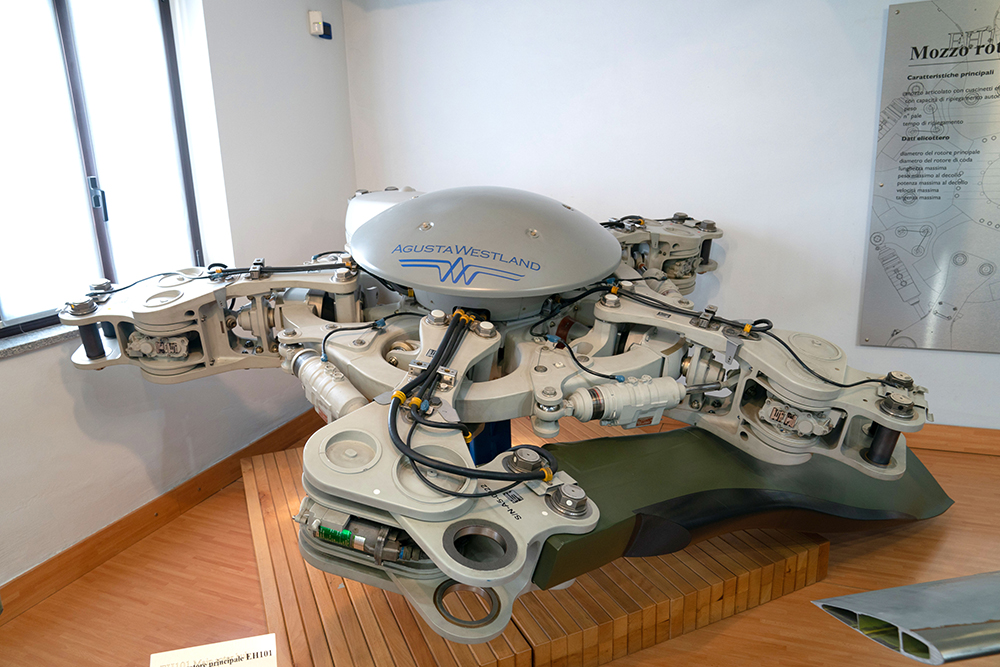
This is from a helicopter and we presume it used to do helicopter things. Just don’t stand close to it
The production and popularity of the first MV Agusta, the 98, allowed the Agusta company to survive and even go racing but it was the company’s return to the aeronautical industry in 1950 that allowed MV Agusta to ramp up its racing exploits in grands prix for decades.
The single biggest point in the company’s history was its signing of an agreement with the American Bell Aircraft Corporation to build its choppers in Europe. This started a journey that would see Agusta become one of the world’s leading helicopter manufacturers.
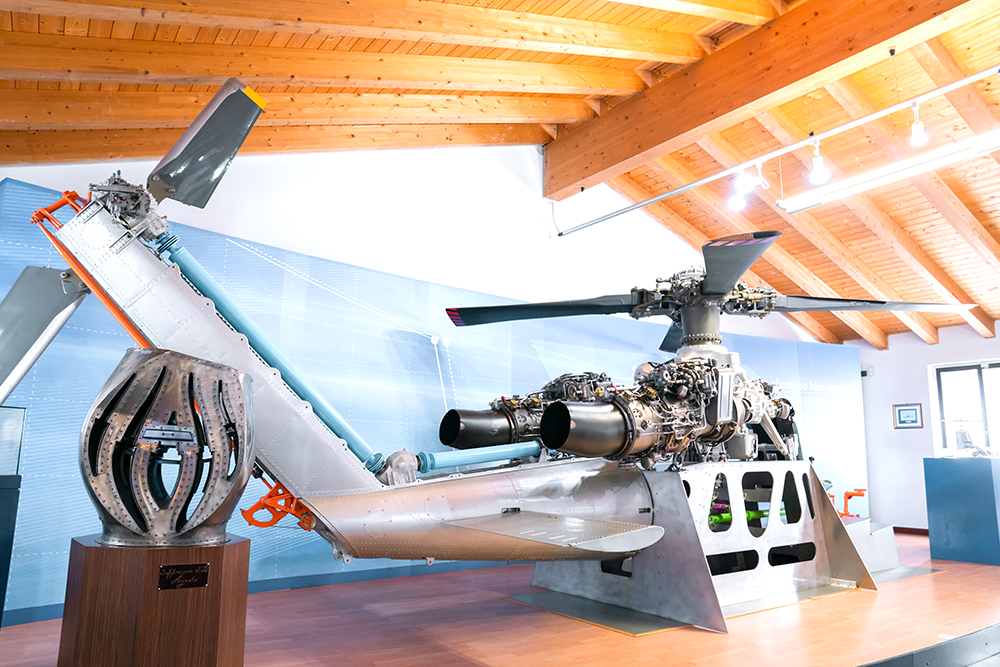
The guts of a twin-engine Agusta helicopter
It also allowed Count Domenico Agusta to indulge in his preferred hobby of building and racing grand prix motorcycles.

The Agusta A129 Mangusta was the first attack helicopter designed and built in Europe
TEST: PETE VORST PHOTOGRAPHY MV AGUSTA & PV